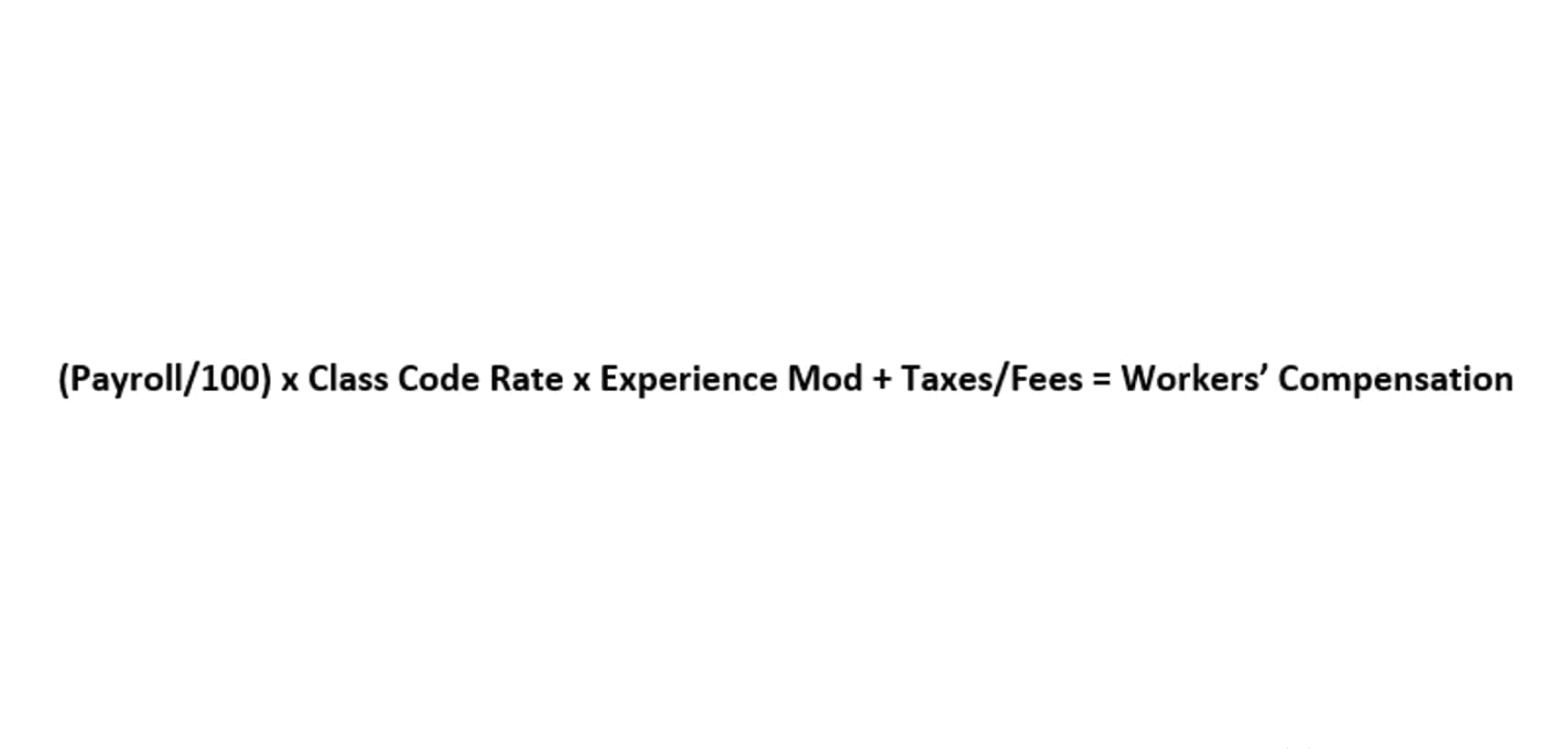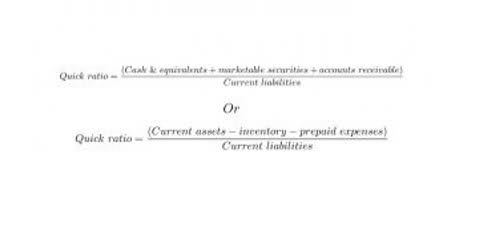Phương pháp FIFO là gì? Sự khác biệt giữa FIFO và LIFO

Boost your confidence and master accounting skills effortlessly with CFI’s expert-led courses! Choose CFI for unparalleled industry expertise and hands-on learning that prepares you for real-world success.
- A LIFO liquidation is when a company sells the most recently acquired inventory first.
- Also, once you adopt the LIFO method, you can’t go back to FIFO unless you get approval to change from the IRS.
- Knowing how to manage inventory is a critical tool for companies, small or large; as well as a major success factor for any business that holds inventory.
- As a result, FIFO can increase net income because inventory that might be several years old–which was acquired for a lower cost–is used to value COGS.
- One downside to using the LIFO method is that older inventory may continue to sit in the warehouse unless the business sells all of its newer inventory.
- Assuming that demand will remain constant, it only purchases 500,000 units in year four at $15 per unit.
Purchase Behavior
Another benefit of FIFO is that you’re able to track and regulate quality and offset the risk of high holding costs for storing dead stock. US companies may choose between the LIFO or the FIFO method (there are other methods too, but for now, we’ll focus on the comparison of these two). When Jordan opened the business, he decided that LIFO made the most sense. The articles and research support materials available on this site are educational and are not intended to be investment or tax advice. All such information is provided solely for convenience purposes only and all users thereof should be guided accordingly. For information pertaining to the registration status of 11 Financial, please contact the state securities regulators for those states in which 11 Financial maintains a registration filing.

The Poor Valuation Of The Balance Sheet
- The company’s bookkeeping total inventory cost is $13,100, and the cost is allocated to either the cost of goods sold balance or ending inventory.
- This is a common problem with the LIFO method once a business starts using it, in that the older inventory never gets onto shelves and sold.
- Companies have their choice between several different accounting inventory methods, though there are restrictions regarding IFRS.
- The cost of goods sold (COGS) starts with the most recently purchased inventory and works its way up to the most recently purchased inventory until the required number of units sold is met.
- Such a situation will reduce the profits on which the company pays taxes.
- To calculate the Cost of Goods Sold (COGS) using the LIFO method, determine the cost of your most recent inventory.
The revenue from inventory sales is compared to the cost of the most current inventory. One downside to using the LIFO method is that older inventory may continue to sit in the warehouse unless the business sells all of its newer inventory. For goods that decay over time, like perishable items or trend-based goods, this can mean that the remaining inventory loses value. It’s good as it results in a lower recorded taxable income, giving businesses a lower tax bill. This can also be a negative for some companies, since lower reported profits may not be appealing to investors.

LIFO vs FIFO
- Over the course of the past six months, you have purchased spools of wire.
- However, when it is used, the cost of goods sold is recorded at a greater level, resulting in a lesser profit and, as a result, a lower tax.
- Amanda Bellucco-Chatham is an editor, writer, and fact-checker with years of experience researching personal finance topics.
- Also, all the current asset-related ratios will be affected because of the change in inventory value.
- LIFO might be a good option if you operate in the U.S. and the costs of your inventory are increasing or are likely to go up in the future.
- In a LIFO system, your customers get the most recent versions of your product first.
Managing inventory can help a company control and forecast its earnings. Conversely, not knowing how to use inventory to its advantage, can prevent a company from operating efficiently. For investors, inventory can be one of the most important items to analyze because it can provide insight into what’s happening with a company’s core business. The difference between $8,000, $15,000 and $11,250 is considerable. So, which inventory figure a company starts with when valuing its inventory really does matter. And companies are required by law to state which accounting method they used in their published financials.
In a standard inflationary economy, the price of materials and labor used to produce a product steadily increases. This means the most recently purchased goods are bought at a higher cost than earlier goods. These price changes have implications for the cost of goods sold, inventory value, and taxable income. Since the LIFO inventory method uses the higher-priced goods first, this increases the cost of goods sold. The average cost method takes the weighted average of all units available for sale during the accounting period and then uses that average cost to determine the value of COGS and ending inventory.

Impact of LIFO Inventory Valuation Method on Financial Statements
Remember that the Last In First Out approach has a low balance sheet valuation quality. These methods are value inventories differently during inflations. In many cases, customers prefer to have newer goods rather than older how to do lifo products. Particularly if you work in an industry where goods decay over time, using LIFO can ensure that customers receive fresh goods. This can help your business build positive credibility with your customer base.

You also must provide detailed information on the costing method or methods you’ll be using with LIFO (the specific goods method, dollar-value method, or another approved method). The cost of the remaining items under FIFO is $5,436; under LIFO the cost is $4,800. The company would report $875 in cost of goods sold and $2,100 in inventory. The two main techniques used in accounting to determine the value of inventory are LIFO (Last-In, First-Out) and FIFO (First-In, First-Out). The cost of the remaining products is $5,436 under FIFO and $2,400 under LIFO. Using outdated information on the balance sheet is the primary rationale for abandoning this approach under IFRS and ASPE.
- Although the ABC Company example above is fairly straightforward, the subject of inventory and whether to use LIFO, FIFO, or average cost can be complex.
- Let’s assume that Sterling sells all of the units at $80 per unit, for a total of $20,000.
- Due to the lack of resources to produce the calculators, the corporation ordered another 100 devices at a higher unit cost of $10 each.
- Ideally, LIFO is used when a business’s COGS tend to be higher and profits are lower.
- We’ll explore the basics of the LIFO inventory valuation method as well as an example of how to calculate LIFO.
- GAAP sets accounting standards so that financial statements can be easily compared from company to company.
LIFO and FIFO: Financial Reporting

Last In, First Out is only utilized in the United States, where all three inventory-costing systems are permissible under generally accepted accounting standards (GAAP). The approach is prohibited under the International Financial Reporting Standards (IFRS). Kristen Slavin is a CPA with 16 years of experience, specializing in accounting, bookkeeping, and tax services for small businesses. A member of the CPA Association of BC, she also holds a Master’s Degree in Business Administration from Simon Fraser University. In her spare time, Kristen enjoys camping, hiking, and road tripping with her husband and two children. The firm offers bookkeeping and accounting services for business and personal needs, as well as ERP consulting and audit assistance.
